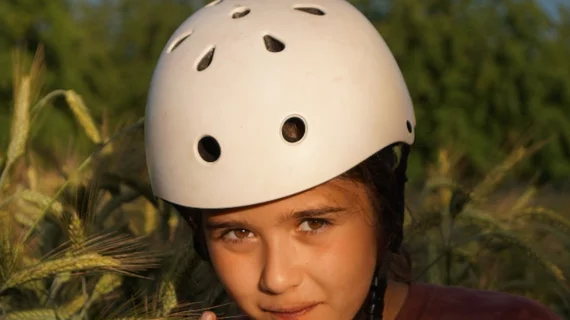On Tuesday, Sept. 4, the CDC released its first guidelines for the diagnosis and treatment of mild traumatic brain injury (mTBI) in children—the first evidence-based set of recommendations for healthcare professionals in the United States.
Published online in JAMA Pediatrics, the guidelines are broken into 19 sections covering topics ranging from sleep management to imaging-related diagnostics.
“This guideline identifies the best practices for mTBI based on the current evidence; updates should be made as the body of evidence grows,” wrote Angela Lumba-Brown, MD, with the Stanford University School of Medicine, and colleagues. “In addition to the development of the guideline, CDC has created user-friendly guideline implementation materials that are concise and actionable. Evaluation of the guideline and implementation materials is crucial in understanding the influence of the recommendations.”
Though covering all areas of mTBI care, the guidelines included some imaging-specific recommendations and suggestions for the prognosis and treatment of mTBI:
- Use clinical decision rules to diagnose mTBI instead of routine CT scans. “Head CT is the preferred diagnostic tool in acute care settings to rapidly identify intracranial injury (ICI),” the authors wrote. “However, higher doses of radiation attributable to this type of imaging in children have been associated in studies with an increase in the lifetime cancer risk, although the cumulative absolute risk appears small.”
- Opt for neuropsychological tools, such as symptom scales and cognitive testing, instead of MRI, CT or radiography.
- Counsel patients and families that 70 to 80 percent of children with mTBI recover fully in one to three months.
- Suggest patients return to school with a plan customized to the severity of the mTBI, with the goal of increasing participation without significantly exacerbating symptoms.
- Emergency department professionals should consider CT scans in children with severe headache when associated with mTBI.
“The science of managing mTBI in children is rapidly evolving and expanding,” Lumba-Brown et al. wrote. This guideline identifies the best practices based on the current evidence for health care professionals in primary care, outpatient specialty, inpatient, and emergency care settings; updates may be made as the body of evidence grows.”

